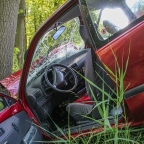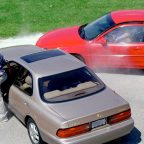You’ve probably heard somewhere that car accidents tend to increase your insurance rates. Before you start panicking after an accident you should know some of the facts. Whether or not […]
Finance - Insurance
5 Most Expensive Cars To Insure
Buying a car may be one of the most expensive purchases to make in a life time, second only to buying a home. Before buying a car, it is important […]
Finance - Insurance
5 Common Causes Of Car Accidents
If you drive a car long enough, you are likely to get into an accident yourself or at least see one on the road. Accidents can range from minor fender […]



